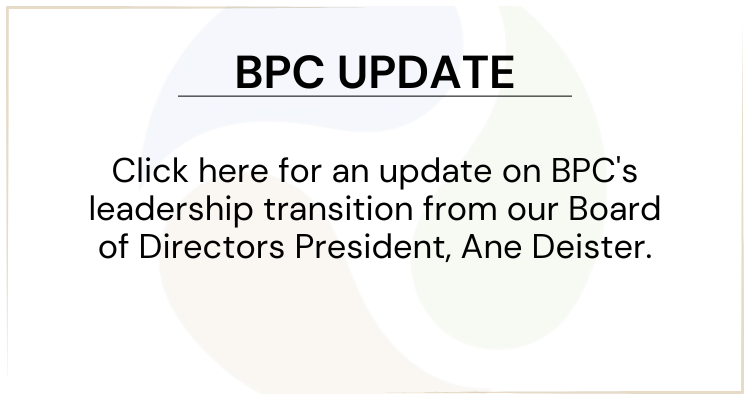D.C. Appeals Court Says EPA May Revoke Fill Permit After It Has Been Issued
In addressing an important legal issue of first impression, the U.S. Court of Appeals for the District of Columbia Circuit ruled that the U.S. Environmental Protection Agency’s “veto” authority under Section 404(c) of the federal Clean Water Act (CWA) allowed it to revoke a fill permit from the U.S. Army Corps of Engineers, even after the permit had been issued to the project applicant. Mingo Logan Coal Co. v. U.S. Environmental Protection Agency, __F.3d__ (D.C. Cir. Case No. 12-5150, Apr. 23, 2013).
Under Section 404(a) of the CWA, when the Corps grants a fill permit, it makes a “specification” of the site where disposal of dredged or fill material is authorized. Under Section 404(c), however, the EPA “is authorized to prohibit the specification (including the withdrawal of specification) of any defined area as a disposal site” and “to deny or restrict the use of any defined area for specification (including the withdrawal specification) as a disposal site, whenever he determines” the discharge will have an “unacceptable adverse effect” on listed aquatic resources. Although historically the EPA used its veto powers only sparingly, in recent years it has become more aggressive in opposing controversial Corps permits. This case presented the first time the EPA had attempted to use its veto authority to revoke an already-issued permit.
In 2007, after a long review process, the Corps issued a Section 404 permit authorizing the Mingo Logan Coal Company to dispose of fill in three streams and their tributaries for a mountain top coal mine project in West Virginia. The EPA had previously (in 2002) expressed concerns about mountain top mining, but it did not act to prevent the Corps from issuing the permit. In 2009, however, the EPA wrote to the Corps, requesting that it use its discretionary authority to suspend, revoke or modify the permit to eliminate the discharge into two of the streams. The EPA asserted that new information and circumstances justified its request. The Corps responded that there were no factors requiring reconsideration, suspension or modification of the permit. The EPA then invoked Section 404(c), and in 2011—four years after the permit was issued—made a final determination to prohibit the discharge of fill to the two streams at issue.
In the ensuing lawsuit by Mingo Logan, the district court ruled that the EPA exceeded its legal authority under Section 404(c) by invalidating a permit the Corps already had issued. In reversing the district court, the D.C. Circuit succinctly concluded that Section 404(c) “imposes no temporal limit” on the EPA’s ability to withdraw a permit issued by the Corps. The court emphasized the statute’s use of the “expansive conjunction ‘whenever,’” which the court took to mean that Congress intended to allow the EPA to exercise its veto powers “at any time” (court’s emphasis). The court also cited the dictionary definition of “withdraw,” which means “to take back or away (something that has been given, granted [or] allowed).” Thus, according to the court, the plain language of the statute allowed the EPA to revoke a permit post-issuance.
Although the court’s ruling is grounded in simple definitional terms, it could have a substantial impact on the Section 404 permit process, especially for large, complex or controversial fill projects. Under the court’s ruling, the EPA may continue to exercise leverage over projects that already have successfully completed a lengthy and extensive permit process.
|
Contributing authors: |
Edgar B. Washburn, 415.344.7073 |


